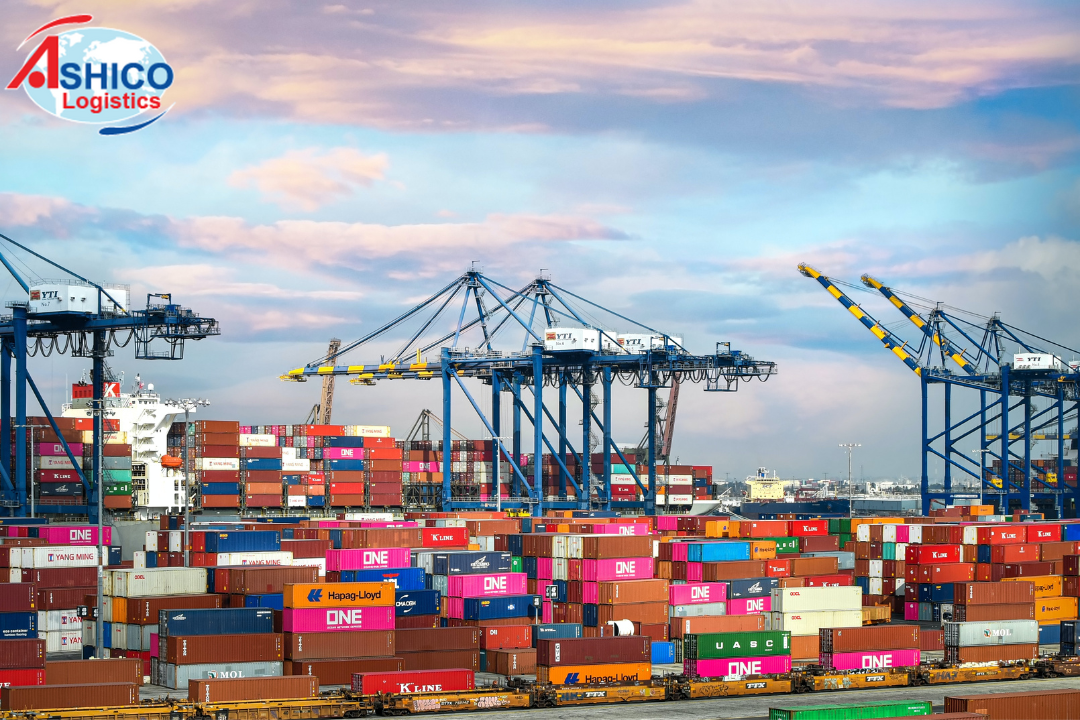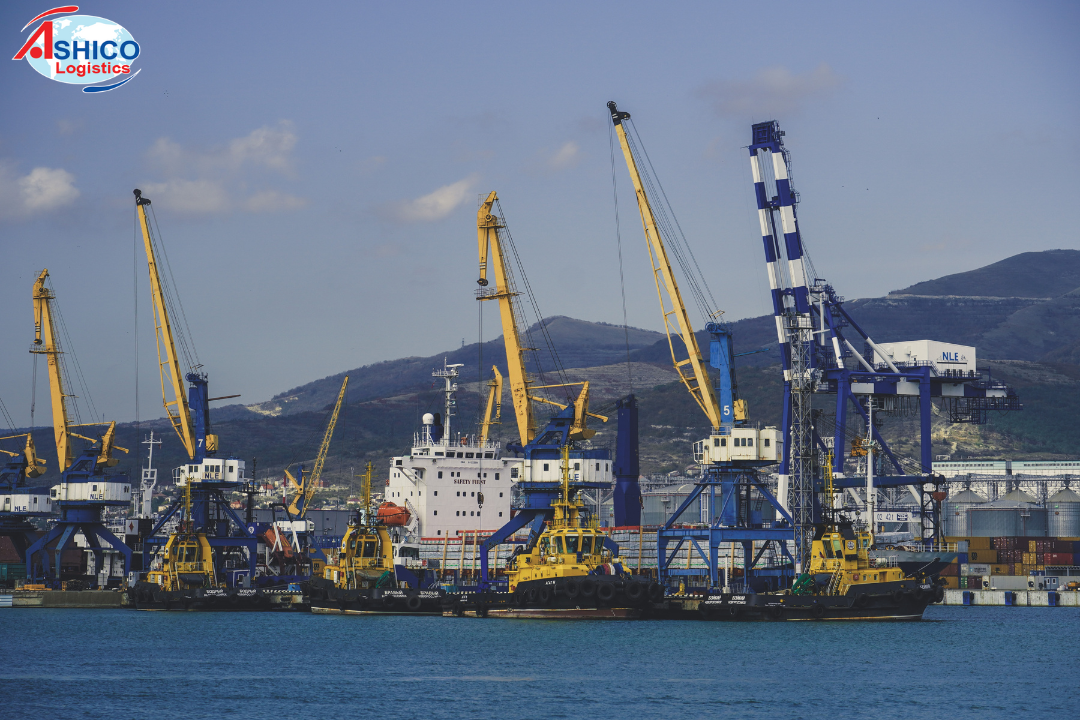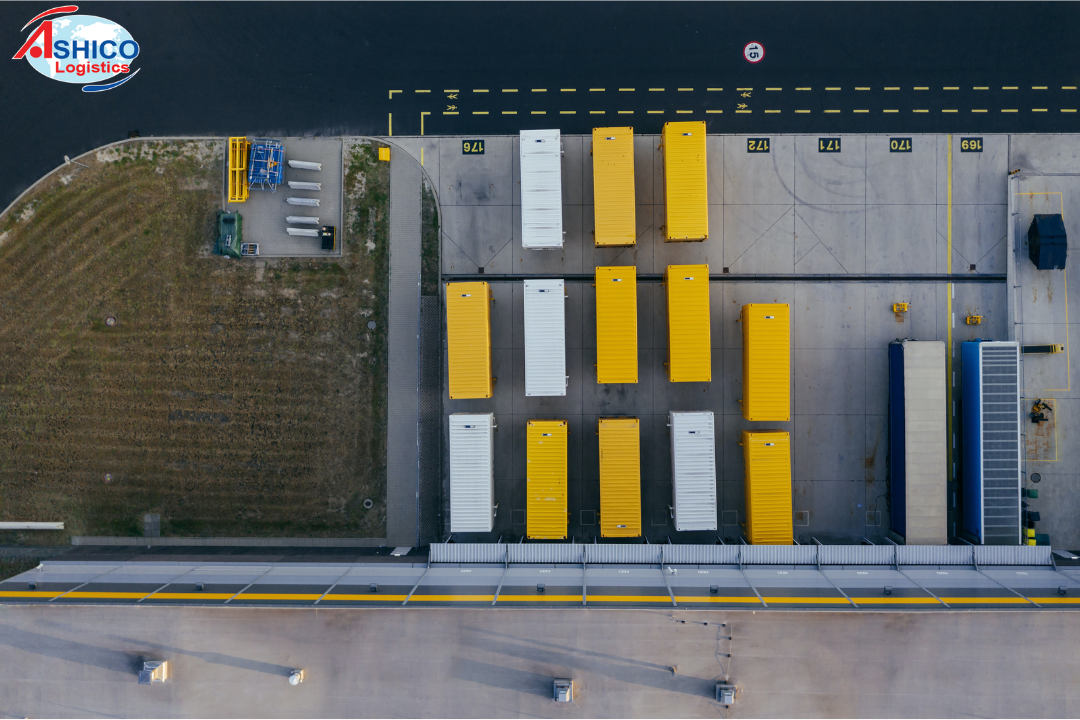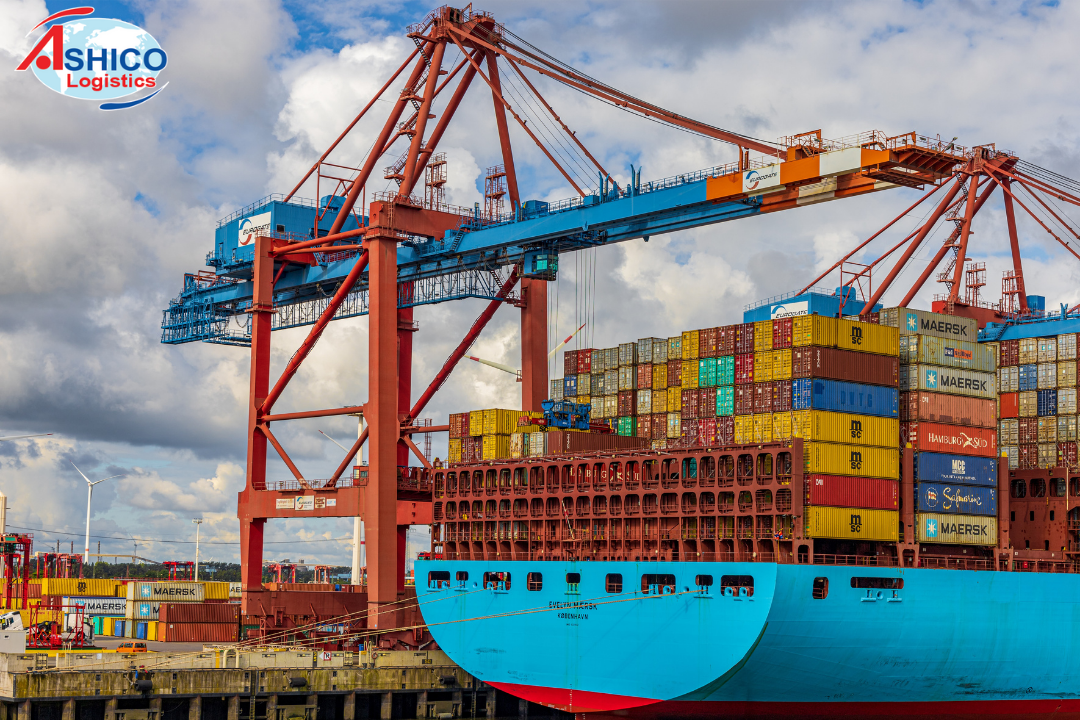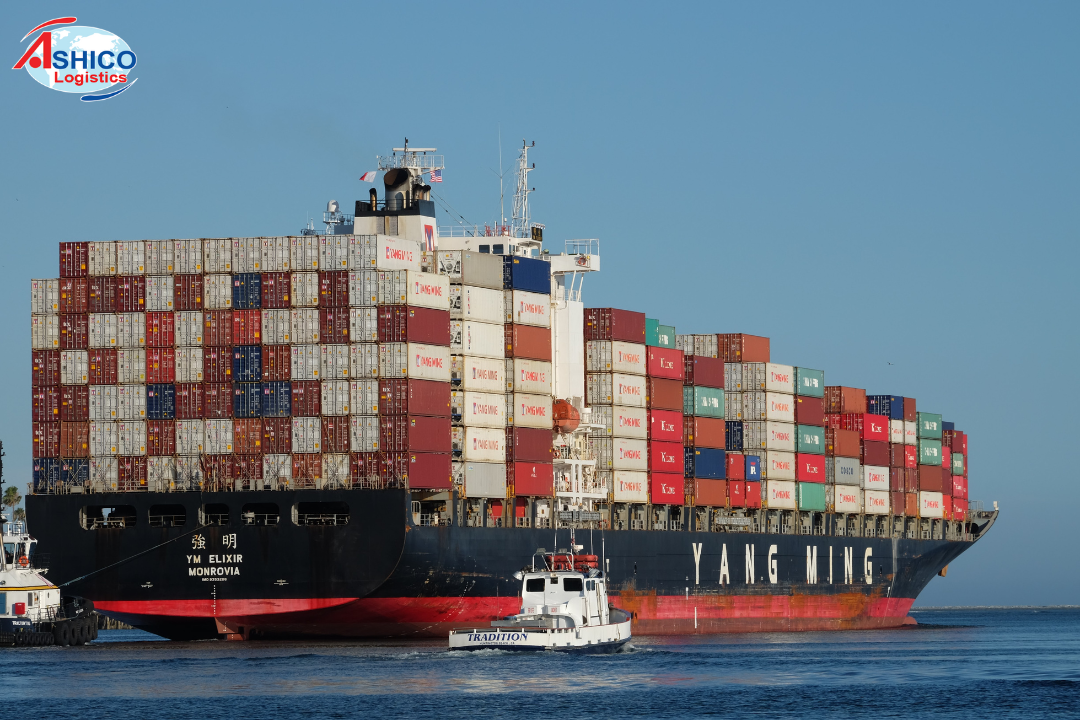
6 ways to help reduce transportation emissions
Using green fuel, energy storage batteries, reducing speed... are some measures to help limit emissions of the shipping industry.
According to statistics from the International Maritime Organization (IMO), the shipping industry is responsible for nearly 3% of emissions worldwide. If shipped from China to Europe, each container will generate 1,913 kg of CO2. Therefore, if carbon content is not controlled, emissions could increase by 50-250% by 2050. To limit the amount of carbon released by the shipping industry into the environment, here are some ways to reduce emissions. businesses can apply.
Use battery storage
Advances in energy storage enable decarbonisation. This paved the way for all-electric trains. Previously, in Norway, the first all-electric ferry "Ampere" - cut transport emissions by 95% and costs by 80%. The country also plans to operate the first self-propelled electric container. This vehicle can replace a total of 40,000 truck trips per year.
.png)
Businesses can use battery storage, green fuel or speed reduction to reduce emissions.
Switch to green fuel
Switching to green fuels is a hotly debated measure. The most significant change comes with the use of low-sulfur fuels. According to International Maritime Organization (IMO) regulations by 2020, only 0.5% sulfur can be used in commercial ship fuel globally. The sulfur caps will reduce the emission of sulfur dioxide (SO2).
In addition, liquefied natural gas (LNG) is also one of the green fuels. In fact, many transport enterprises are also putting into operation ships using environmentally friendly fuels.
Denmark-based container carrier Maersk plans to start operating green methanol-powered vessels next year. The company has 13 ships ordered from Hyundai Heavy Industries, South Korea, that run on green methanol, which is more environmentally friendly than fossil fuels. This is part of Maersk's grand plan to reduce greenhouse gas emissions by 2040.
However, the challenge in greening shipping is that companies are lacking green fuel to operate the ships.
Reduce speed to reduce transport emissions
Reducing speed can reduce transportation emissions. A 12% decrease in average speed at sea could result in an average 27% reduction in daily fuel consumption. The reduction in fuel consumption also contributes to the reduction of greenhouse gas emissions.
Avoid transporting empty containers
Last year, Bloomberg news reported that about 27% of 6-meter-sized containers transported through ports were empty containers, causing about $20 billion in damage to the industry as a whole. Business Insider recorded more than 110,000 empty containers occupying the Southern California port, the largest US seaport in 2021.
The transportation of empty containers not only causes economic damage, but also creates negative impacts on the environment. To limit the transportation of large containers, a number of measures are applied such as using folding containers or digitizing shipping to optimize transportation efficiency.
Use renewable energy
Using renewable energy significantly reduces carbon emissions. In transportation, using wind power to support movement is considered as one of the solutions using renewable energy. This idea is not new but is being tested and improved on several next generations of ships. Accordingly, businesses like Cargill or Wessels test kite systems. Or Enercon and Nors also installed different rotor designs on board.
Some complementary measures
Improved hull design, the use of propellers or waste heat recovery reduces emissions per ship by almost 5%. These potential upgrades help the ship reduce friction with the water. Shipping businesses can add bows with extensions below the waterline to reduce drag or paint the hulls with low-friction coatings.
Phi Hung (according to XChange)


